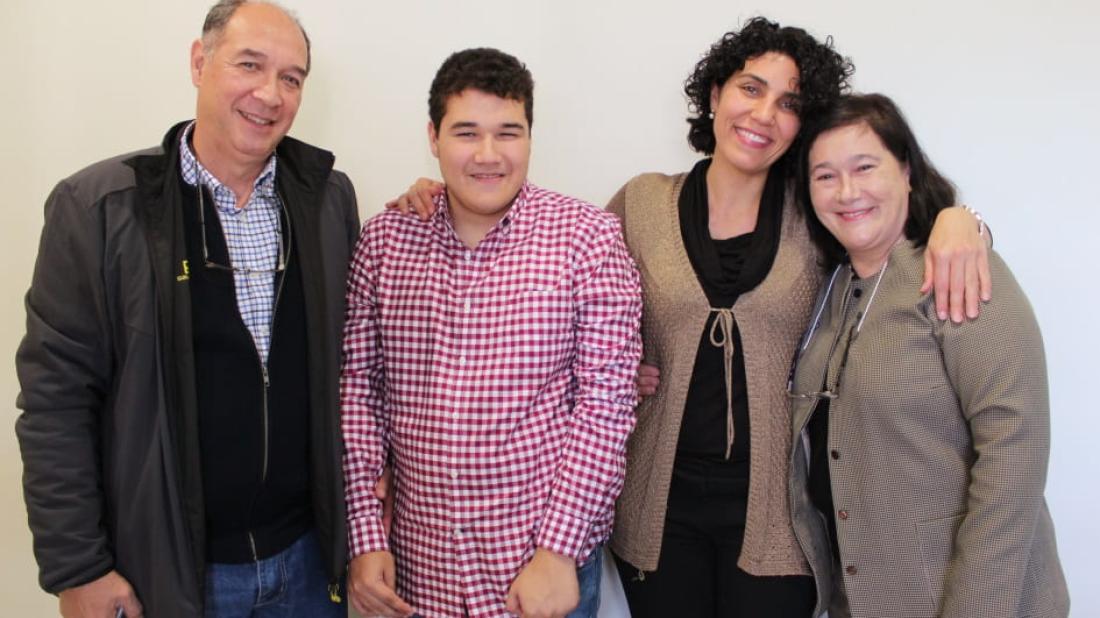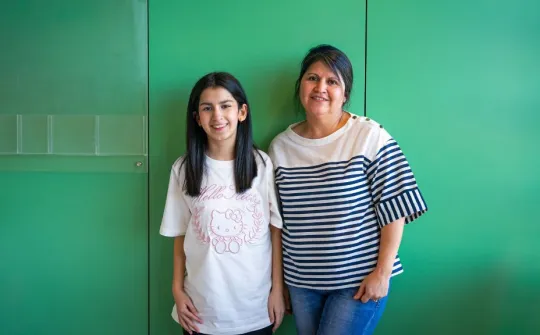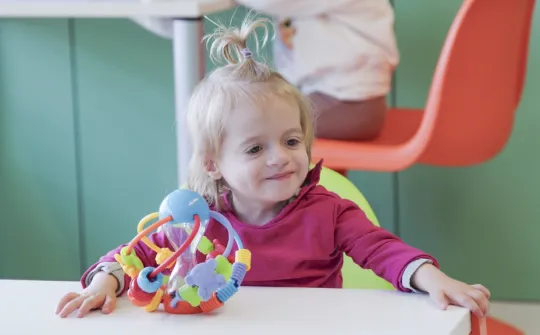
The parents of Fede, an Argentinian patient, explain how their son survived a sudden death event and is recovering from the surgical procedure to treat his arrhythmia
“Fede has survived, always smiling”. This is how the father of this 17-year-old patient describes his son. Federico, from Tucumán (Argentina) survived a sudden death event in February 2008, when he was eight years old. Thanks to the rapid reaction of his father, Hector, and his mother Claudia (an anaesthetist), Federico was resuscitated after having no pulse for 10 minutes.
In the Argentinian hospital that treated him, they diagnosed an arrhythmia, implanted a defibrillator and prescribed a drug treatment with which, for several years, Fede remained stable and was able to grow up with the problem. He had to recover from the effects of having been in cardiac arrest for 10 minutes, problems that were physically serious and affected him cognitively. Fede’s family, including his brothers, were all involved in the rehabilitation process to help him recover, and his condition gradually improved.
Over the course of those years his defibrillator had been activated on a few occasions, but the situation seemed to be under control. In November 2017, however, all that changed. “The arrhythmia seemed to get worse and Fede started to receive constant shocks from the defibrillator for uncontrollable arrhythmias. His chest hurt and he was exhausted, his quality of life had deteriorated”, says Claudia, the boy’s mother. At the referral hospital, they considered it necessary to get a second opinion and contacted the cardiologist Georgia Sarquella-Brugada of the Arrhythmia Unit at SJD Barcelona Children’s Hospital.
Diagnostic accuracy and the sympathectomy, keys for Fede’s recovery
“On the electrocardiograms we detected that the patient had polymorphic catecholaminergic ventricular tachycardia. The progression of the condition was what made us think about new treatment options”, explains Dr Sarquella-Brugada. The hospitals in Argentina and Barcelona worked together for a few weeks and, finally, it was decided to perform an endoscopic thoracic sympathectomy performed by the Arrhythmia Unit team and the Pediatric Surgery Service, headed by surgeon Xavier Tarrado.
This technique, also called cardiac sympathetic denervation, consists of “disconnecting” the nerve that passes alongside the spine from the heart. By stopping the innervation, you stop the child from suffering arrhythmias when the heart responds to the segregation of adrenaline, as was happening to Fede before the procedure. This type of thoracic heart surgery technique is less invasive for paediatric patients, and to date, 24 sympathectomies have been performed in our hospital.
SJD Barcelona Children’s Hospital had performed 24 sympathectomies up to 2018 and is a centre of expertise in this rare surgery.
After the procedure, from which Federico recovered quickly and well, the defibrillator was reprogrammed. The device is connected to a remote control system and is monitored on a regular basis from Barcelona, where Dr Sarquella continues to monitor Fede. Before the family returned to Argentina, Federico was also assessed by the Neurology Department, which, alongside the Arrhythmia Unit, is an expert department in the multidisciplinary treatment of heart conditions with neurological involvement.
Federico went home two weeks after having the procedure. Fede has started going to the gym and is still going to the occupational workshops. All he has to do now is activate the defibrillator control system he has implanted so it can be monitored periodically from our hospital. Hector, Fede’s father, explains with satisfaction, “We’ve been able to stop fearing for our son’s life thanks to this heart surgery and to the remote control that SJD Barcelona Children's Hospital have provided us".
Georgia Sarquella checks the defibrillator’s remote control device with Fede’s mother.



